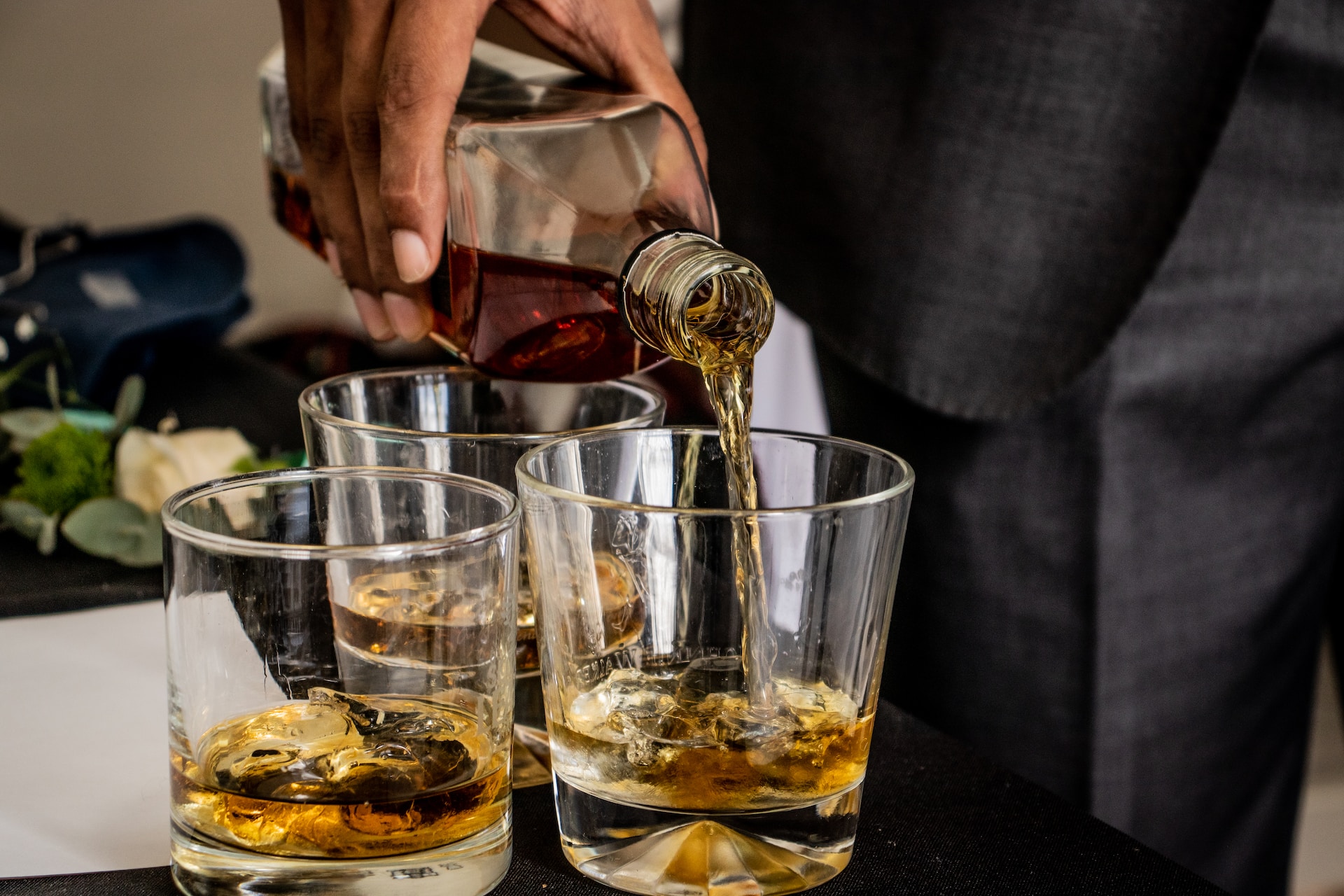
Blended whisky is the most popular type of whisky in the world, but despite accounting for more than 75% of the industry’s value, it’s an often misunderstood spirit.
Irrespective of its ubiquitousness, blends still face somewhat of an image problem, with many drinkers mistakenly believing them to be less complex and generally lower quality than their single malt counterparts.
We’re here to dispel that myth and tell you everything you need to know about blended whisky, including what it is, what the different types are and how it differs from single malt.
What is blended whisky?
Simply put, a blended whisky is a combination of two or more barrel-aged whiskies. This is usually a mixture of malt and grain whiskies, brought together to achieve a certain flavour profile.
Blended scotch is the most biggest category of whisky globally, making up more than 90% of all bottles sold.
The history of blended whisky
While there was an increased desire for single malts around the turn of the millennium, it wasn’t always so in demand.
Historically, single malt whisky was considered too harsh, with unrefined flavours. As a result, in the 1860s, a Scottish brewer called Andrew Usher began adding lighter grain whiskies to heavier malts. This produced a more approachable spirit that was smoother, sweeter and more balanced – thus becoming a commercial hit.
Blends went on to completely dominate the market for another 100 years, with almost all scotch whiskies being blends. This started to change in the 1960s, when Glenfiddich became the first distillery to release a consumer-friendly single malt, but by the start of the 1980s, there were still only 27 available across the market.
How is it made?
Blended whisky is made by combining different whiskies together, and the job of combining them comes down to the master blender.
The master blender will use their nose and experience to bring together anything up to 50 single malt and single grain whiskies to create a unique expression.
After they’ve been blended, the new whisky will spend up to eight months in casks, in what is known as the ‘marriage’ period. It’s during this time that the flavours of each individual spirit will mix with the others.
Age statements
When it comes to age statements, the number listed on the bottle is the age of the youngest whisky used.
This means that if a master blender takes an 18 year old malt and adds a little bit of 10 year old, the result is a 10 year old whisky.
An example of this can be seen with the Chivas Regal 12, which is a blended scotch made up of whiskies that have been aged for a MINIMUM of 12 years, but will likely contain spirit that’s older (although the recipe is a closely guarded secret!).
As a result, many blended whiskies don’t carry an age statement at all. This is because, if a master blender adds a small quantity of particularly young whisky to the mix, marketing the release as a 3, 5 or 8 year old blend may be off-putting to buyers. It also probably isn’t a fair reflection of what’s actually in the bottle.
Are there different types of blended whisky?
Blended Scotch Whisky
This is your archetypal blended whisky and what most likely springs to mind when discussing the topic. It involves mixing one or more malt whiskies with one or more grain whiskies. The whiskies must have been distilled and aged in Scotland for a minimum of three years in order to be called scotch whisky.
Blended malt
Blended malts, also occasionally called vatted malts, are made without the use of grain. They’re a combination of single malt whiskies from different distilleries. Examples include Monkey Shoulder, Compass Box Spice Tree and Big Peat.
Blended grain
Made exclusively with grain whiskies from two or more different distilleries. Though generally harder to come by, blended grain is praised for its lighter profile and creamier mouthfeel. Some popular expressions are Compass Box Hedonism and Nikka Coffey Grain.
How does it differ to single malt?
The difference between a blended whisky and single malt is simple.
While a blend can be a combination of different types of whiskies from different distilleries, single malts come from just one distillery and are made using only malted barley.
Where things get a little more confusing is that some (if not most) single malts are actually a vatting of differently aged and finished whiskies – as opposed to just coming from one barrel. However, providing that these whiskies come from the same distillery, and use only malted barley, then they are still released as single malts.
Are single malts better?
There is a common misconception that single malt whiskies are higher quality, more flavourful and generally smoother – but this certainly isn’t the case.
Though the maturation process of single malts can often lead to a more robust and full-bodied spirit, the craft that goes into making a well-balanced blend means that consumers may find blended whiskies more approachable.
They also generally offer good value for money, are great for trying new flavours and are also better suited to cocktails or mixing.
So if you’re looking for an introduction to blends, why not visit our website? We have an excellent range of blended whiskies from all over the world.
